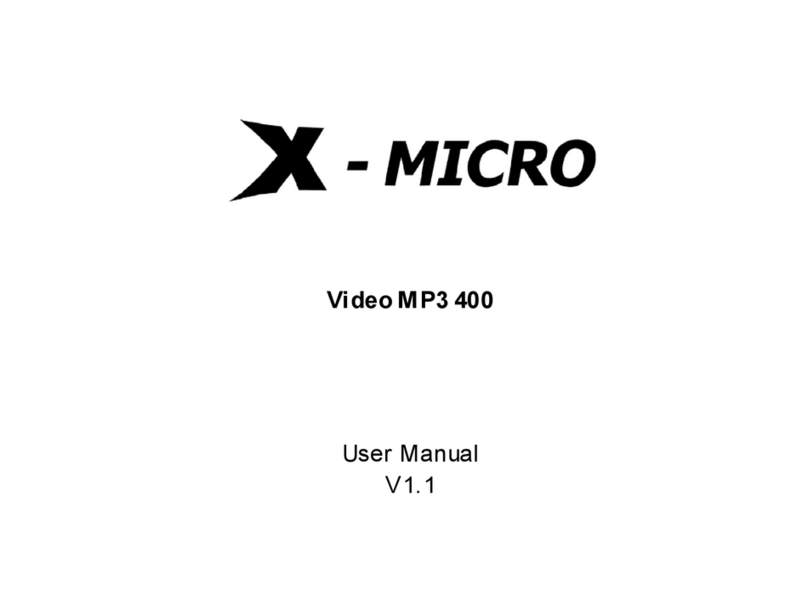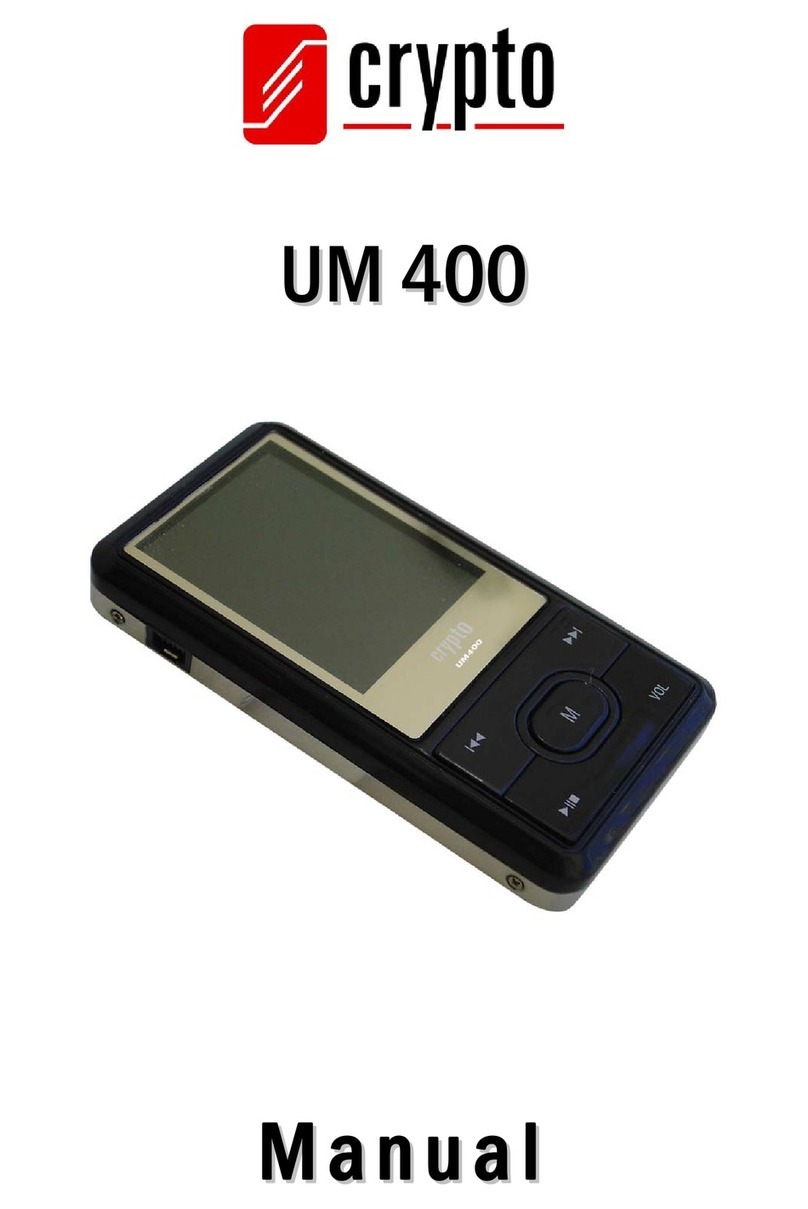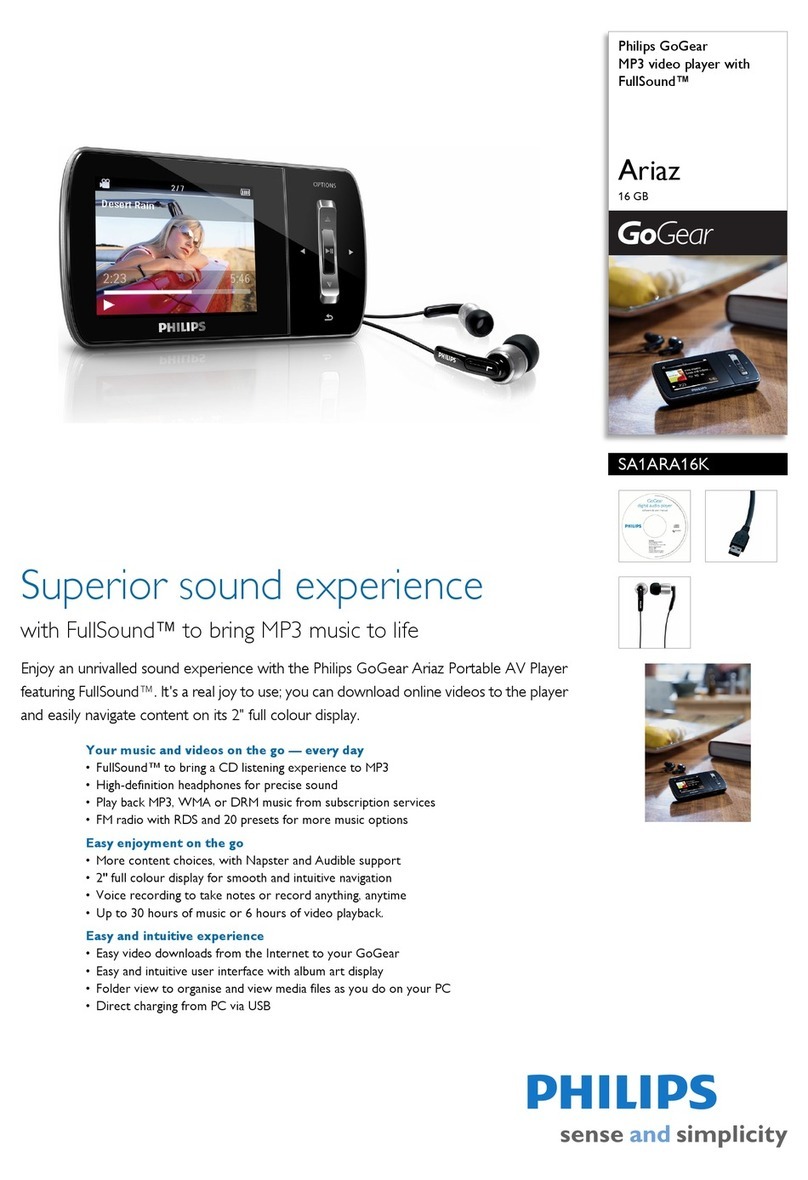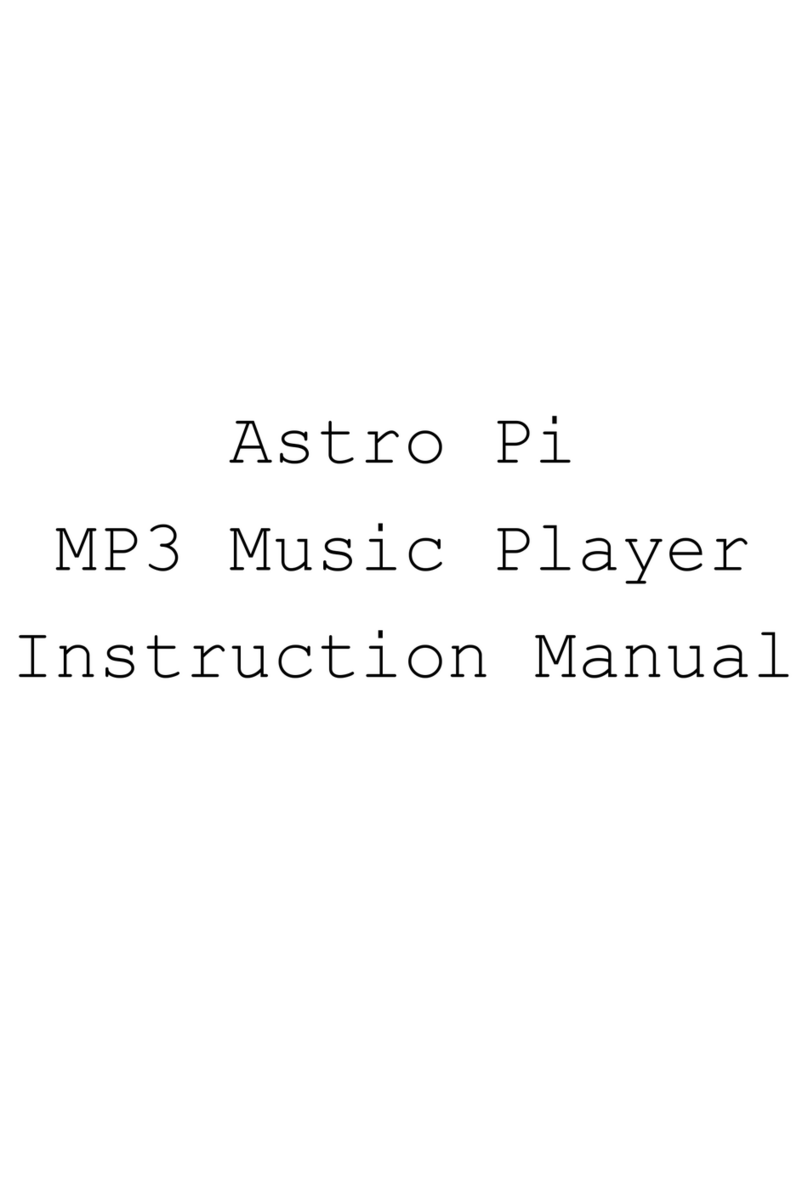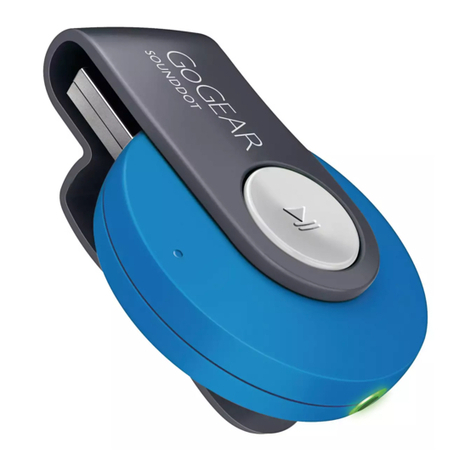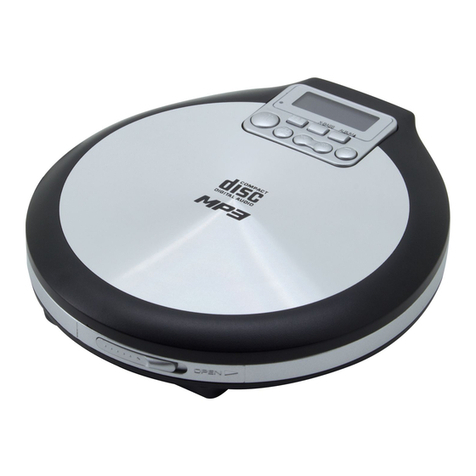The Fisher Custom Electra V E46 Installation guide

OPERATING INSTRUCTIONS AND WARRANTY
THE FISHER
Custom Electra V
MODEL 846
STEREOPHONIC RADIO-PHONOGRAPH
WORLD LEADER IN HIGH FIDELITY
[=
lki
-E

t
\I/rrH your purchase of a FISHER instrument you have completed a chain
Y V of events that began many months &Bo, in our research laboratories. For
it is there that the basic concept of the equipment you have acquired came into
being-its appearance, its functions, its quality of performance.
But the end step-your purchasc-is merely a beginning. For you and your
family, it will provide ycars of musical pleasure. The FISHER is from its
inception designed to give long ancl trouble-free service. Some of the instru-
ments we made twenty-thrcc ycirrs irgo are still in use today!
It is our continuing desirc that your FISHER give you always the best per-
formance of which it is capablc. Il'you need our assistance at any time toward
that objective, please kcep irr nrirrcl that we are always at your service.
IN CLOSING-
Many hours have bccn spcnt by olrr crrgineers and technical writers to create
this instruction book I'r:r your guicluncc and enjoyment. If you want the most
out of your FISHEII, thcrc is only otlc way to obtain it. With the equipment
before you, please rcucl lhi,y booklcl crtrelully.It will be time well-spent.
+v^y lTsh..)u
Audio History
1956 First to incorporate Power Monitor in a home
amplifier.
1955 First All - Transistorized Preamplif ier - Equalizer.
1956 First dual dynamic limiters in an FM tuner for
home use.
1956 First FM-AM tuner with TWO meters.
1956 First complete graphic response curve indicator
for bass and treble.
1957 First Golden Cascode FM Tuner.
1957 First MicroRay Tuning lndicator.
1958 First Stereophonic Radio-Phonograph with Mag-
netic Stereo Cartridge.
1959 First high-quality Stereo Remote Control System.
1959 First complete Stereophonic FM - AM Receiver
(FM-AM tuner, audio control, 4O-watt amplifier.)
1960 First complete stereophonic FM-AM receiver with
60-watt power amplifier.
1960 First stereophonic receiver to use the new, revo-
lutionary Type-7591 power output tube. (Fea-
tured in the FISHER 800.)
1960 Smithsonian lnstitution, Washington, D.C., accepts
for its collection America's first commercially
manufactured high f idelity radio - phonograph,
made by Avery Fisher in 1937.
1960 First reverberation device, for use in high f idelity
equipment-The Fisher Dynamic Spacexpander.
1960 First FM tuner with MicroTune.
lOAn Firct FIVI trrnor urith ciy I F ctaoac
(TABLE OF CONTENTS ON ND$ PAGEI
THE FISHER CUSTOM ETECTRA V
MODET E46
l,g
Rodio-Phonogrqph
Advanced electronic engineering has been combined with old-world cabinet
craftsmanship to create the new FISHER Custom Electra- a musical instrument
that meets the most exacting criteria. Each unit in the Electra has been designed to
meet the laboratory standards that distinguish &ll FISHER components. The
unusually sensitive tuning sections can be used separately for the reception of mono'
phonic FM or AM broadcasts, or simultaneously to receive FM'AM stereophonic
broadcasts. The renowned Garrard Record Changer, containing a professional mag'
netic cartridge with a diamond stylus, will faithfully convey every musical nuance
of your most treasured stereophonic or monophonic record selections. Located on the
operating panel of the Electra are eight contiols which will enable you to select any
program source instantly, and adjust the volume and tonal characteristics of sound
to your most critical listening tastes. Special connections are provided for the
FISHER Spacexpand,er and the MPX-70 multiplex adaptor, and a new Automatic
Shutoff switch has been included which will turn off the entire Electra automatically,
after the last record has been played. Thirty-six watts of music power, free of all
audible distortion, is supplied by a dual-channel Power Amplifier which can repro'
duce the most complex q'mphonic passage as easily as the softest notes of an oboe.
Lastly, two acoustically-balanced speaker enclosures, each containing a three'way
speaker system, provide the full orchestral sweep that only stereophonic sound makes
poosible.
Flawless circuitry, the use of costly, durable materials, and unhurried manu'
facture - essential ingredients that are often lost in mass production - all of these
will contribute to years of trouble.free operation and your greater listening pleasure.
These are the qudities that have for over trro decades won for the FISHER a
world-wide reputation.
A NOIE ON STEREOPHONIC SOUND
The development of stereophonic sound has brought us close to achieving
"Concert Hall" realism in the home. This dual-channel s)'stem ofiers a distinct
advantage over monophonic (singfe-channel) systems by virtue of two important
Milestones In
1937 America's first high fidelity sound systems. Fea-
tured a beam-power amplifier, inverse feedback,
acoustic speaker compartments (inf inite baffle
and bass reflex) and magnetic cartridges.
1937 First exclusively hieh f idelity TRF tuner, featur-
ing broad-tuning 20,000 cycle f idelity.
1937 First two-unit high f idelity system with separate
speaker enclosure.
1938 First coaxial speaker system.
1939 First Dynamic Range Expander.
1939 First 3-Way Speaker in a high fidelity system.
1939 First Center-of-Channel Tuning lndicator.
1945 First Preamplifier-Equalizer with selective pho-
nograph equalization.
1948 First Dynamic Range Expander with feedback.
1949 First FM-AM Tuner with variable AFC.
1952 First SO-Watt, all-triode amplifier.
1952 First self-powered Master Audio Control.
1953 First self-powered, electronic sharp-cut-off f ilter
system for high fidelity use.
1953 First Universal Horn-Type Speaker Enclosure for
any room location and any speaker.
1953 First FM-AM Receiver with a Cascode Front End.
1954 First low-cost electronic Mixer-Fader.
1954 First moderately-priced, professional FM Tuner
with TWO meters.
1955 First Master Audio Control Chassis with five-
nnci*ian rvrivina {anili*iac

audio characteristics: the dimensions ol ilirectian and depth. Thex;e live sound
gualities are for the most part missing in monophonic systems because recordings
are msde and reproduced over a single channel. This is somewhat analogous to
listening to music with one ear. Stereophonic recording techniques, however, utilize
two separate banks of microphones which are positioned in the left and right
sections of the orchestra. In this arrangement, the microphones receive the musical
sounds in mueh the same manner as the two ears of a listener. The sound picked up
by each banlc of microphones is then fed to independent channels and recorded on
disks or tape, ortransmitted over separate channels oI a stereophonic broadcast.
To reproduce a stereophonic recording or broadcast in the home, two separate
sound channels are required. The stereophonic sound output of a record player,
tape recorder or tuner is fed to two separete amplifier channels, which in turn
drive two separate speaker systems. Thus, instruments located on the left and right
sides of the orchestra are heard predominantly in the left and right speakers,
respectively; while instruments located in the center appear to be heard mid-way
between the two speaker systems. The result is a startling sense oI presence hereto-
fore realized only at a live orchestral performance.
INSTATTING THE ETECTRA
The Electra operates on AC only. Connect the power cable extending from the
back of the cabinet.to a wall outlet supplying I05 to 120 volts AC, at 50 to 60 cycles.
Maximum power consumption is 165 watts. (Where line voltage is too high or too
low, a step-down or step-up transfonner will be necessary. For S0-cycle current, a
special adaptor pulley is required for the Record Changer turntable. In each case,
soe your FISHER dealer).
Note: We suggest you read the information in this booklet carefully. Proper
installation together witl a good knowledge of the controls are essential lor deriving
the fullest enioyment from your FISHER.
HOW TO USE
The operation oI all controls is explained in this section, Referring to Figure I
while reading will be helpful. If you wish to connect additional components to the
sound system ol the Electra, such as a Tape Recorder, for example, Iull information
is provided on page 5. Before attempting to operate tle Record Changer, read the
instruction booklet accompanying this unit.
fhe Record Chqnger . . .
During transit, the Record Changer ie held
in place with screws which are fastened to the
base beneath the metal rim. These screws are
identified by white tags and should be removed
first. When this is done, the Changer will ride
freely on springs which act as shock absorbers.
Depress each side of the Changer to determine
whether it rides freely on its spring mounts.
If it does not move downward and back under
hand pressure, consult your FISHER dealer.
To remove the V-Guard, simply grasp the
c(V') of the stylus assembly between the tips
of the thumb and forefinger; pull gently to
AC ond Volumo . . .
The AC Switch, which supplies power to the
Electra, is combined with the Volume Control.
Turning this switch slightly clockwise until it
clicks, turns on the porf,er and lights the dial
scale. Note : Make certain automatic sltutoff
switch is in the off position.
The Volume Control ie uged to adjust the
level of gound for both channelg. Turning this
control in a clockwige direction will increaee
the volume simultaneouely at both speaker sys-
tGm$
Note: Although only stereophonic programs
require the use of two speaker systems to
achieve the necesaary sound separation, the two
Epesker systems of the Electra are in operation
for monophonic programs as -well. This use of
both systems provides I superior monophonic
effecL
SelesrorSwlrcho.o
This eight-position switch selects the pro-
gram you wish to hear, whether a radio broad-
cast, a record selection' or some other program
source you may have connected to the sound
system of the Electra. The positions have the
following functions:
PHONO MONO: Use this position to play
remove the stylus assembly. To replace the
V-Guard, grasp the ..V') of the stylus assem-
bly with the stylus point down, and slip into
the cavity as far as it will go.
TheAntennqs..o
The Electra is equipped with two antennas,
one to receive FM broadcasts and one for AM
broadcasts. These should provide good recep-
tion in a1l cases except extreme fringe areas,
or where special local conditiong regult in high
signal loss. (Buildings constructed of gteel
girders, for example, can c&use a losg of signal
strength. ) If reception is weak or poor, see the
instructions on page 7 to rectify the condition.
THE CONTROTS
regular LP or 46 RPM records on the Record
Changer. The ctereophonic cartridge in the
Tone Arm will accommodate monophonic as
well as stereophonic records. fn addition, all
verticle rumble and noise characteristicg of LP
monophonic records will be completely elimi-
nated, resulting in superior monophonic sound.
NOTE: To play 78 RPM records, a special
cartridge is required. You can obtain one from
your FISHER dealer.
PHONO STEREO: Play all gtereophonic rec'
orde in thie poeition.
FM: This poaition selects the fM tuner for
reception of FM broadcasts.
AM: This position selects tho AM Tuncr for
reception of AM broadcasts.
FM-AM: In this position both Tunere ErG EG-
lected for the reception of a stereophonic
FM.AM broadcast. The F.M sound will be
heard on the left speaker eystem; the AM on
the right. (Consult your neurspsper for the
station to which each Tuner muet be set.)
AUX MONO: Use this position to select any
additional monophonic component you may
have connected to the Electra- a monophonic
tape recorder, record turntable, etc.
TABTE OF CONTENTS
INSTALTING THE ETECTRA
PAGE
2
3
7
I
HOW TO USE THE CONTROLS
THE FM AND AM ANTENNAS
SERVICE NOTES

I,IPX STEREO: This position is used for the
reception of FM multiplex stereo programs with
the addition of the FISHER MPX-70 adaptot.
A stereo tape recorder or other stereo sound
source may be played through the Electra if
multiplex reception is not desired.
Ffrl snd Afrl Tuning . o o
The FM Tuning knob selects stationg in the
87.5 to l0B megacycle band, while the AM
Tuning knob selects stations in the 535 to L620
kilocycle band. Turning either knob will move
the corresponding pointer along the dial scale
to the station you wish to hear. A logging
scale, numbering 0 to 100 is included on the
dial glass between the FM and AM scales. By
using this scale as a reference, you can tune
in your favorite stations more easily the
numerical order is linear, and the gradations
are egual.
Bqss qnd Treble Controts . , .
These controls permit you to adjust the tonal
qualities of sound to your personal listening
requirements. The Bass Control varies the in.
tensity of the low frequency bass tones, while
the Treble Control varies the intensity of the
high frequency treble tones. Each Control
varies the tones for both channels simultane.
ously. To increase or decrease bass or treble
intensity, turn these knobs toward MAX or
MIN, as desired.
To listen to program material exactly as it
originates from a broadcasting studio, set these
controls to NORMAL. Thie is "flat" position,
and is equivalent to RIAA equalization. If you
leave these eontrols at NORMAL while playing
an LP or stereophonic record, RIAA equaliza-
tion will be provided automatically. (A Tape
Recorder is provided with NARTB equaliza-
tion within its own circuitry. Leaving the Bass
and Treble Controls in NORMAL position
will maintain this egualization.) It should be
remembered, however, that these controls may
be set to any position dictated by personal
listening preferences.
BqlqnceControl ..o
This control enables you to obtain equal
sound levels from each speaker system. Bal.
anced separation is important when you are
listening to stereophonic program material,
since each section of an orchestra must be
heard in its true perspective; that is, neither
section should come through any louder than
it normally would in relation to the other.
With the Balance Control pointing to NOR-
MAL, the volume at the left and right speaker
systems should be the same. Howeverr ffiy slight
imbalance that may exist - due to record char.
acteristics, differences in room acoustica etc.-
can be corrected with thie control. Simply turn
the knob slightly townrd MAX A or MAX B
to increase the volumo st tho loft or right
speaker systems, as required. You can also use
this control when you are listening to' mono-
phonic program material, since both speaker
systems are also in use.. In this case, of course,
balanced sound output is not very critical.
It should be pointed out that the Balanco
Control is not a volume control; for, aE the
level of sound is increased on one speaker
system, it is decreased on the other, maintain.
ing approximately the same overall sound ort.
put. (NOTE: you can cut ofi the sound at
either loudspeaker system by moving the con.
trol to its extreme MAX A or II,IN( B position.)
Aulomqtic Shutofi...
In order to use the automatic shutoff feature,
the AC Power switch on the control panel must
first be tumed ON. Then by turning the Auto-
matic Shutoff switch to ON, the entire Electra
will be turned off after the last record has been
played, and will lle trrrned on again as soon as
the Changer is once morc put in operation. This
feature nray lle rlel'euted lry lrrnring the switch
to OFF. Be su,re to leate thi,s sraitr:h OFIt when,
not ustng the Record, Chung4cr', or t,he l)lectra
will be inoperatitte.
tu
O
^.o,
O
CONNECTING ADDITIONAT COMPONENTS TO THE
SOUND SYSTEM OF THE ETECTRA
In addition to listening to radio broadcasts and playing the Record Changer,
you can connect other program sources to the sound system of. the Electra, These
can include the sound from your TV set, the FISHER Spacexpancler and MPX-70
multiplex adaptor, or a stereo tape recorder (if multiplex reception is not desired).
The information that follows describes how to connect additional equipment, and
also gives the necessary control settings for proper operation. The input and output
jacks to which connections are made are located on the Tuner and Amplifier chassis,
as illustrated in Figures 2 and 3.
I
I
Tope Recorder...
A monophonic tape recorder m&y he played
through the Electra by connecting tlre recorrler
output to the AUX MONO jack on tht: 'I'uner-
Control chassis..You can record a progronr fron'r
the Electra by connecting the tape recorrler
input jack to the Channel A or B RCRDR
OUTPUT jack on the same chassis.
A stereo tape recorder may be used if the
MPX-70 multiplex adaptor is not installed in
your Electra. In this case, connect the MPX
IN PU'f jacks on the Electra to the recorder
outputs, nnd the RCRDR OUTPUT jacks on
the Electra to the recorder inputs. Be sure you
do not reverse the channels when making these
connections. To plny lrack your tapes through
the sound system of the Electra, turn the
Selector switch to MPX STEREO.
Mulriplex Stereo...
FM multiplex is a new method of trnnsrnitting
stereo broadcasts over & single FM stutiorr. In
order to receive multiplex programs in stereo
sound, the FISHER MPX-70 must be added to
the Electru, Without the addition of the MPX-
70, yolt will Irenr rnultilllex I)r'ognrrns rnono.
pltonir:tlly, jrrst, us orclinury l'l\l lrrourlt.usls. 'l'o
instull tlrr: MI'X-70, sinrply [ollow [lrcsrr l'orrr.
steps:
I - Mount the MPX-70 with the four screws
provided.
2- Connect the MPX OUTPUT on tlrc 'I'uner-
Control ehassis of the Electra (sec l,'igure 2)
to the INPUT jack of the MPX-70 with the
three-foot cable supplied.
3 - Connect the Channel A and Channel B
OUTPUT jacks of the MPX.,70 to the corre-
sponding MPX INPUT jacks on the Tuner-
Control chassis of the Electra. Two cables are
supplied for this purpose.
4 - The power cable of the MPX-70 should be
connected to the specinl MPX CONNECTOR
jrrt:k orr lltc 'l'turr,r' <:lrlssis.
Figure l. Front Ponel Of The Elsclro.

BA
oo
RCRDR
OUTPUTS
AA
oo
tl
TO TO
REV REV
OUT IN
lt
oo
BB
.@tr
@rc tr@
o';.i, .Tii 6EQ7 68A6
CI\ r-
Eccg3 ourpur @
lol ,7o2s,* I fr--
t"l *r.r6(rro*rAJ,ll-
@trit qY @ Li tilrlrlrrll
Figure 2. Rsor Vlcw Of The Tuner-Conlrol Chossis.
VANN
Y \-V' \A/ 9OO
CH. B
'#@
'gIJ fte1 e
[o-- ol
I "l
lo o ol
tL":l
9'P,"*,%,@ ZQ\\
K}T)
\s!rl
,?iir"
AW# 1903
Figure 3. Top View Of The Powcr Amplifter Chossis.
TYSound..o
Because television receivers differ widely in
circuit design, it is advisable to consult your
serviceman before attempting to connect the
sound output of your TV set to the sound sys-
tem of the Electra. However, once the method
of connection had been determined, the cable
from the TV set should be connected to the
AUX MONO input jack on the side of the
Tuner chassis. Set the Selector Switeh to AUX
MONO and adjust the audio controls as
deeired.
WS-! Speokers o . .
Jacks are provided on the Amplifier chassis of
the Electra for the connection of two FISHER
WS-l Speakers as adjuncts to the two speaker
systems. With the addition of the WS-I system,
the stereophonic as well as monophonic sound
pattern can be &ugmented to a startling degree.
Simply connect the WS-I cables to the WS.l
jacks. Place the speaker connected to the A
jack on the left side of the room, and the
speaker connected to the B jack on the right
side of the room, (as viewed from the listening
area.)
Spocexponder . . .
Special Spacexpunder jacks are located on
the Tuner-(lontrol chassis for the connection of
this revolutionrry new reverberation device.
Remove the jrrrnper plugs before installing the
Spacexpuntlar and store in a safe place for
possible future lrse. Then make the following
connections:
1 - TO REV OUT A jack on the Electra to
the Channel A Output jack on the Spucexpander.
2- TO REV OUT B jack on the Electru to rhe
Channel B Output jack on the Spucexpunder.
3 - TO REV IN A jack on the lilectru to the
Channel A Input jack on the Spacexpand,er.
4 - TO REV IN B jack on the Electru to the
Channel B Input jack on the Spa cexpander.
NOTE: If the Spacexpander is uot connected
to these jacks, the jumper plugs nrust be in-
serted, or the Electra will be inopr:rative.
THE FM AND AM ANTENNAS
Separate FM and AM antennas are supplied with the Electra for the two types
of radio reception. These antennas should be adequate in all cases except extreme
fringe area conditions. If reception is weak, the connection of a roof antenna may
be necessary to increase the strength of the radio signals. The following information
refers to the Antenna Terminal strip at the rear of the Tuner chassis (see Figure 2).
FfifAntenJto...
A folded dipole antenna for FM reception
is stapled to the rear of the cabinet along the
etlges. The Ieads from this antenna are con-
nected to FM terminals 2 and B. To increase
signal strength, remove these two leadg and
connect the leads from a roof antenna in their
place (see Fig. 4) . Consult your serviceman
about a proper FM antenna for your areo.
Figure 4. Antennq connecliong (dlpole or
roof type) for normol or frirrge rlgncl oroor. Flgura 5,
for FM Antcnnq connocllons
rlrong rlgnol sr.q3.
]-FM-t rAM-t t-FM-r fAM-l

NOTE: In areas where reception is too
etrong, the signal may overload tho Tuner in'
put circuit. To cut down on excessive signal
strength, transfer the leads of the FM antenna
to FM Terminals I and 2. (See Fig. 5.)
AitAnfenno..o
The built-in Ferrite Loop Antenna that pro-
vides AM reception is connected to the AM
Tuner when the metal link connecte AM Ter-
minals 4 and 5.. If reception is weak on some
stations because of fringe area conditions, a
roof antenna will provide greater signal
Blqs Adiust Control . . .
The control on the Power Amplifier chagsis
marked OUTPUT TLIBE BIAS ADJUST is
used to maintain the proper operating voltage
on the power output tubeg. The procedure for
the adjustment of this control is contained in
the Service Manual for the Electra. This corl'
trol should be adjusted only by I qualified
service m8rl.
Cleoning the DIol Glogs . . o
The diat glass can be removed for cleaning
purposes by following these eimple steps:
I - Remove all of the control knobg from the
front panel by pulling them uP.
2 - Remove the screws from the wooden panel,
rhen lift ofi the panel.
3 -.- Loosen the screwe thst retsin the clips to
the dial glaes, ewing the clips aside, then lift
o{I the glass. ( When you replace the dial glass,
make certain it ig set in the samo porition it
strength. Dieconnect the link from Terminal 4
and connect the AM roof antenna to this termi'
nal, as shown in Fig. 6.
Flgure 6. AM Roof Aniennq connocliont
(llnk disconnected.l
SERVICE NOTES
occupied before removal.)
4 - Remove dust with a dry cloth. For more
thorough cleaniog, use a so&p and water solu'
tion only. If you use any stronger cleaning
agent, you may damage the markings on the
glass.
Al Your Scrvlce . . .
It ig our desire that THE FISHER operater
to your complete satisfaction. 'We solicit your
correopondence on sny special problems that
may arise. After you have had an opportunity
to familiarize yourself with THE FISHERT wG
would appreciate hearing from you coDCGrIl'
ing how it is meeting with your requirementE'
Your Flsher Dealer . . .
Be sure to eonsult your FISHER dealer
promptly if any defect is indicated. Your
FISHER dealer stands ready to assist you at
SnY lime.
I
r-FM-r rAM-t Ul41? O,nrn
THE FISHER equipment you purchased was carefully tested
and inspected before leaving our laboratories. If properly
installed and operated in accordance with the instructions
furnished, it should give you the flnest results of which it
is capable. This equipment is unconditionally guaranteed
against all defects in material and-wofkmanship for ninety
days from date of sale to the original purchaser. Any part
of the equipment which under normal installation and use,
discloses such a defect, will be adjusted or replaced by the
dealer from whom purchased. This guarantee is void if the
equipment has been altered, or if the purchaser has failed
to return the Warranty Card within l0 days.
FOR WARRANTY SERVICE, CONSUTT YOUR DEALER
F E -_ FEil--FEt il8il-I EEEINETTT GITTI
III

fhe Mnn Behind the Producl
AYERY FISHER
F ound,er and President,
F isher Ra,d.lo C or poratlon
,TIwENTy-THREE yEARs eco, Avery Fisher introduced America's first high
I fidelity radio-phonograph. That instrument attained instant recognition, for it
opened a new era in the faithful reproduction of records and broadcasts. Some of its
features were so basic that they are used in all high tidelity equipment to this day. One
of these models is now in the permanent collection of the Smithsonian Institution as an
example of the earliest high fldelity instruments commercially available in this country.
The engineering achievements of Avery Fisher and the world-wide reputation of his
products have been the subject of descriptive and biographical articles ir Fortune, Time,
Pageant, The New York Times, Lile, Coronct, II igh Fidelity, Esquire, The Atlantic, and ,
other publications. Benefit concerts for the National Symphony Orchestra in Washing-
ton and the Philadelphia Orchestra, demonstrating recording techniques, and the great
advances in the art of music reproduction, used FISHER high fldelity instruments both
for recording and playback, to the enthralled audiences. FISHER equipment formed
the key part of the high fidelity demonstration at the American National Exposition in
Moscow, July 1959. FISHER FM and FM-AM tuners are the most widely used by
broadcast stations for monitoring and relay work, and by research organizations*
under conditions where absolute reliability and maximum sensitivity are a 'must.'
The FISHER instrument you have just purchased was designed to give you many years
of pride and enjoyment. If you should desire information or assistance on the perform-
ance of your FISHER, please do not hesitate to write directly to Avery Fisher, President,
Fisher Radio Corporation, Long Island City l, New York.
rue aUJUEllnCnd U aUr!'CU[UUl 16 uuutqsss'rL
the Service Manual for the Electra. Thig cotl'
trol should be adjusted only by a qudified
service m8n.
Clesning the Dlql Gloss . . .
The dial glass can be removed for cleaning
purposes by following these eimple steps 3
I - Remove all of the control knobg from the
front panel by pulling tlem uP.
2 - Remove the screws from the wooden panel,
then lift ofi the panel.
3-Loosenthescrewethstretcintheclipoto Be aure to consult your FISHEB dealer
the dial glaes, swing the clipe aside, thc6 lilt promptly if any defect is indicated. Your
ofi the glass. (When you replace the dial glase, FISHER dealer stands ready to assist you at
make certain it ig set in the aamo porition it uy timc.
At Your Sorvlce o . .
It is our desire that THE FISHER opcretoc
to your complete satisfaction. We golicit your
correEpondence on any specisl problems that
may arise. After you have had 8n opportunity
to familiarize yourself with THE FISHERT w€
would appreciate hearing from you coDCorD'
ing how it is meeting with your requirements.
Your Flsher Deqler . . .
Table of contents
